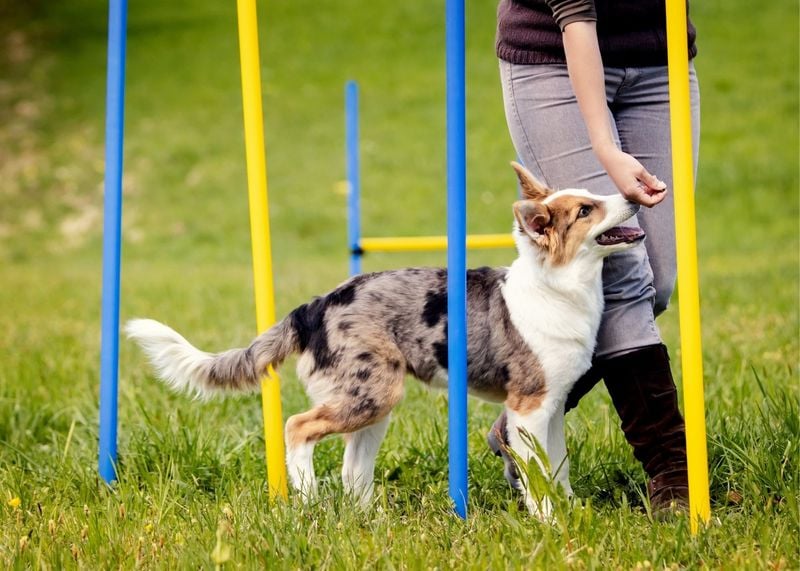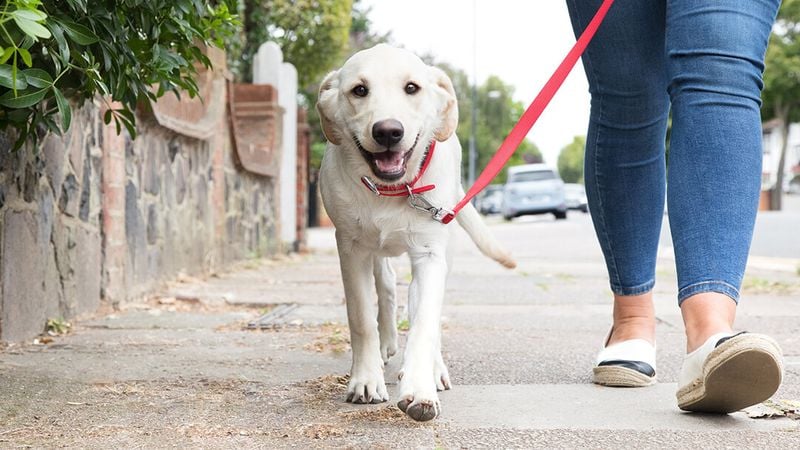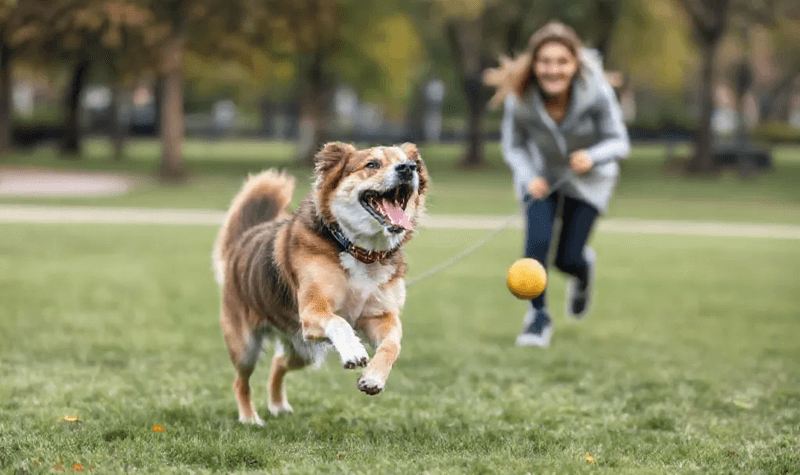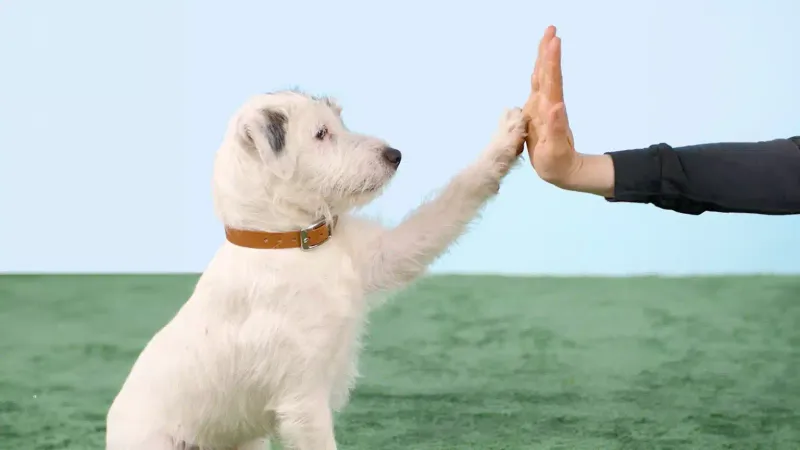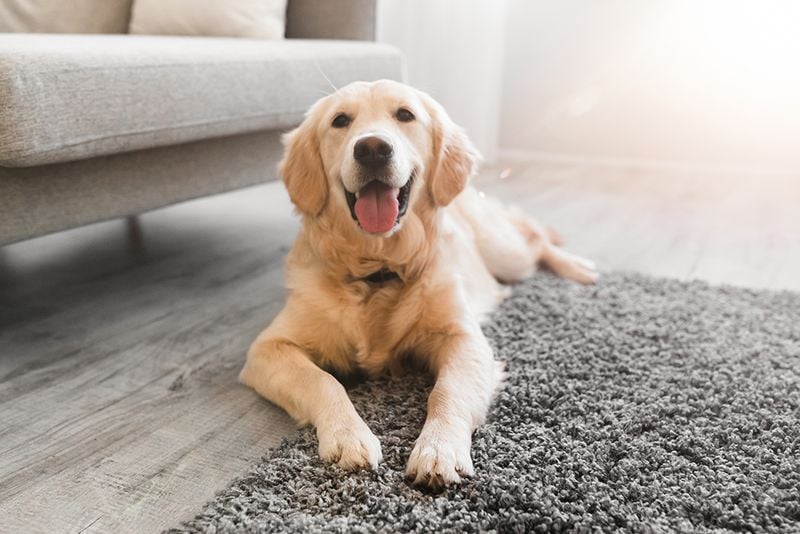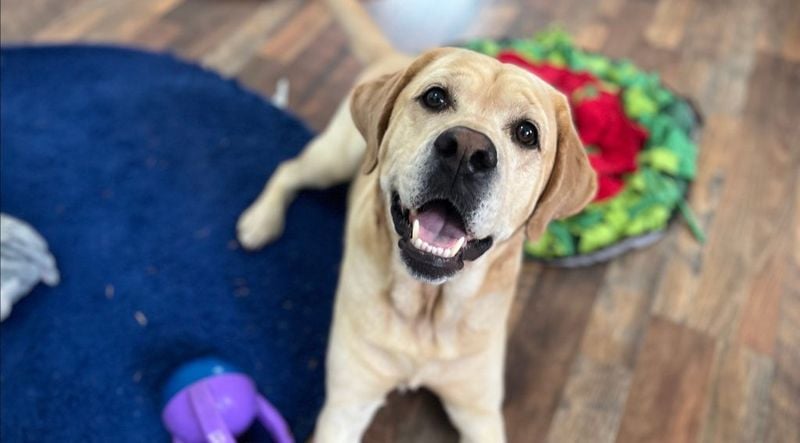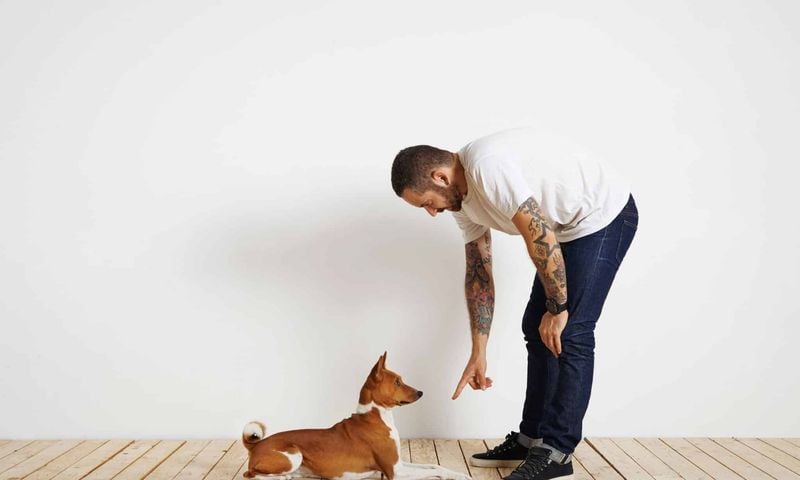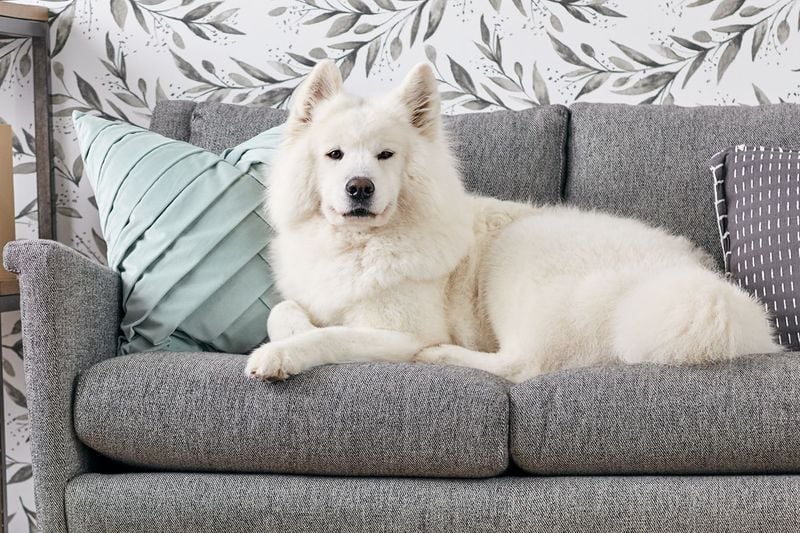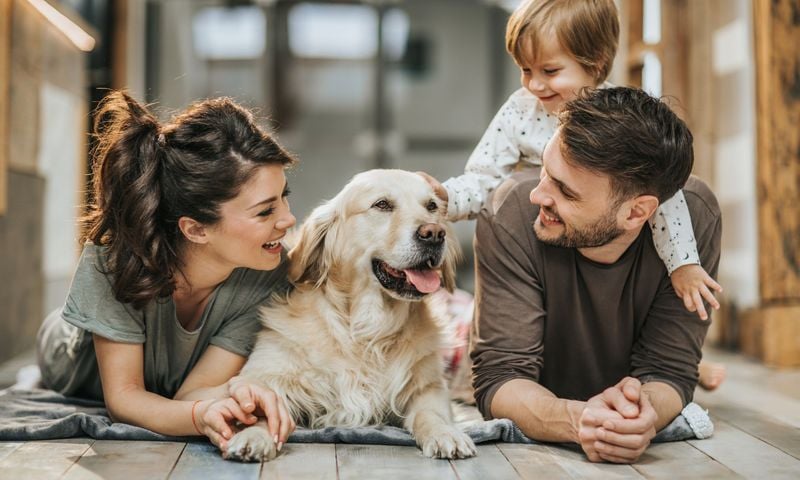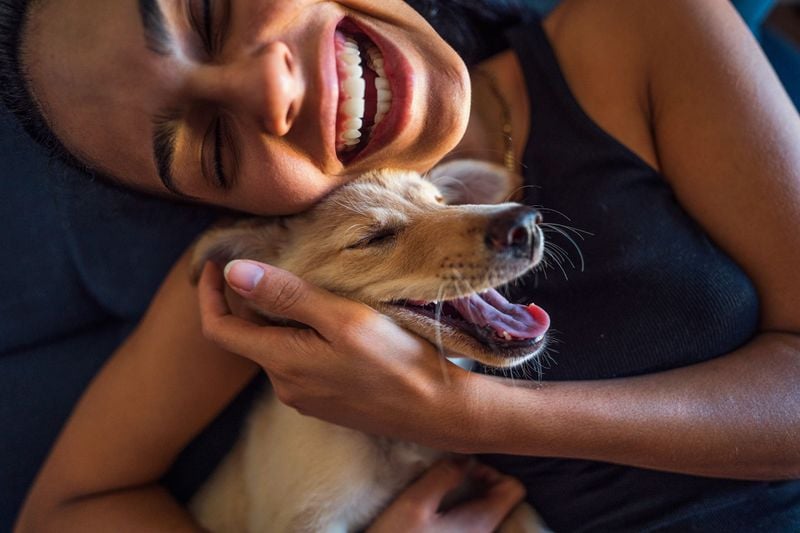15 Genius Dog Training Tips from the Dog Whisperer Himself
Training your dog doesn’t have to be a battle of wills. In fact, with the right mindset and techniques, it can be one of the most rewarding experiences you share with your pet. Enter Cesar Millan—the world-renowned Dog Whisperer—who has transformed the way millions of people understand canine behavior. His philosophy is simple yet powerful: lead with calm, assertive energy, respect the instincts of the animal, and build a relationship based on trust, rules, and affection.
Unlike methods rooted in domination or punishment, Cesar’s approach taps into a dog’s natural psychology. He emphasizes the importance of energy, body language, and routine—elements that dogs instinctively understand and respond to. Whether you’re dealing with leash pulling, barking, anxiety, or general disobedience, his techniques offer practical, compassionate solutions that foster respect and balance.
At the heart of his message is this: dogs don’t need to be controlled—they need to be guided. If you’re willing to shift your perspective and become the leader your dog craves, you’ll see real change.
In this list, we’ve gathered 15 of Cesar Millan’s most effective tips and tricks to help you build a stronger, more harmonious connection with your dog. These insights are perfect for new pet parents, seasoned owners, or anyone looking to better understand the “why” behind their dog’s behavior.
Let’s dive in and learn how to think like a dog—and lead like a pack leader.
1. Exercise Before Everything Else
Dogs need physical activity before mental training. A tired dog is a trainable dog! Daily walks, runs, or play sessions drain excess energy that might otherwise turn into destructive behavior.
Most behavior problems stem from insufficient exercise. Your pup needs at least 30-45 minutes of vigorous activity daily, depending on breed and age.
When exercise becomes non-negotiable in your routine, you’ll notice fewer behavioral issues. Your dog will be more receptive to commands and less likely to act out from boredom or frustration.
2. Walk Beside or Behind You
Position matters tremendously during walks. When your dog walks ahead, they believe they’re leading the pack—you! Keeping your furry friend beside or behind you establishes your leadership naturally.
Short leashes work best for this training method. They provide better control and reinforce your position as pack leader.
Remember that consistency is key. If you allow your dog to pull ahead sometimes but not others, you’re sending mixed signals. Practice makes perfect, so maintain this walking position every time until it becomes second nature for your pup.
3. Master the Calm-Assertive Energy
Dogs read our energy instantly. Nervous, anxious, or frustrated vibes transfer directly to your pet, making training nearly impossible. Approaching training with calm confidence tells your dog you’re in control.
Take deep breaths before training sessions. Stand tall with relaxed shoulders. Speak in a low, steady voice rather than high-pitched or angry tones.
Your dog responds more to how you feel than what you say. Even during challenging moments, maintain emotional stability. This doesn’t mean being aggressive—it means being confidently in charge without emotional reactivity.
4. Daily Structured Exercise Routine
Random play isn’t enough—dogs thrive on predictable exercise patterns. Creating a consistent daily workout schedule satisfies their need for routine while building trust in your leadership.
Morning walks signal the day’s beginning. Afternoon training sessions challenge their minds. Evening play provides bonding time. Each activity should happen at roughly the same time daily.
Structure eliminates anxiety by creating certainty. Your dog learns what to expect and when, reducing restlessness and destructive behaviors. Even on busy days, maintain abbreviated versions of your routine rather than skipping it completely.
5. Avoid Humanizing Your Canine
Dogs aren’t furry humans—they’re dogs! Treating them like people creates confusion and behavioral problems. They need boundaries and leadership, not human-style freedom and choices.
Watch for humanizing habits: excessive baby talk, allowing furniture privileges without rules, or providing endless treats without earned behavior. These create entitled dogs who don’t respect leadership.
Love your dog as a dog, not as a child. Respect their canine nature by providing structure, consistency, and clear communication. This approach actually makes them happier because it aligns with their natural pack mentality and instinctual needs.
6. Establish Clear House Rules
Dogs crave boundaries—they’re actually happier knowing exactly what’s allowed and what isn’t. Decide your non-negotiable rules before bringing home a puppy or rescue.
Are couches off-limits? Is begging at the table prohibited? Which rooms are dog-free zones? Every family member must enforce these consistently.
Boundary training starts immediately, not weeks after arrival. Use gentle corrections when rules are broken, then immediately redirect to appropriate behavior. Never punish after the fact—dogs connect consequences only with current actions, not past mistakes.
7. The “No Touch, No Talk, No Eye Contact” Rule
Excited, hyperactive dogs get more stimulated with attention. When your pup is bouncing off walls or jumping on guests, the counterintuitive solution works best: completely ignore them.
No petting (touch), no speaking (talk), no looking at them (eye contact). This removes all reinforcement for the hyper behavior. Without an audience, the performance usually stops.
Wait for calmness before acknowledging your dog again. Even a few seconds of settled behavior deserves recognition. This teaches them that relaxation—not hyperactivity—earns your valuable attention, gradually reshaping their default energy level.
8. Correction Without Punishment
Effective training uses timely corrections, not harsh punishments. Corrections redirect unwanted behavior immediately, while punishments often come too late for dogs to connect with their actions.
A correction might be a quick leash tug, a sharp sound (like “tsch!”), or physically blocking an unwanted movement. These communicate “stop that” without fear or pain.
Timing matters tremendously. Corrections work only when delivered within 1-2 seconds of the behavior. After that window closes, your dog won’t connect your response to their action. Always follow corrections with praise when they shift to appropriate behavior.
9. Honor Your Dog’s Natural Instincts
Working against your dog’s breed instincts creates frustration for both of you. Herding breeds need to herd, hunting dogs need to track, and terriers need to dig. Channel these instincts positively rather than punishing them.
Border collies can learn disc games instead of herding children. Beagles can enjoy scent work rather than escaping to track smells. Terriers can have designated digging areas in the yard.
Understanding your dog’s hardwired needs helps you provide appropriate outlets. This prevents destructive behaviors while honoring who they naturally are. The happiest dogs get to express their instinctual drives in controlled, positive ways.
10. Match Training to Breed Energy Levels
High-energy breeds like Border Collies need different training approaches than laid-back Basset Hounds. Tailoring your methods to match your dog’s genetic energy level prevents frustration on both sides.
Active breeds require physical challenges before mental training. Try agility exercises, extended fetch sessions, or swimming before attempting focus work.
Lower-energy breeds might need shorter, more frequent training periods to maintain interest. They typically excel with food motivation and gentle guidance. Researching your specific breed’s traits helps you design the perfect training program for your unique furry friend.
11. Furniture Privileges Require Invitation Only
Free furniture access can undermine your leadership position. In dog psychology, height equals status—the pack leader controls the highest spots.
Train your dog to wait for permission before jumping on furniture. A simple command like “up” grants temporary access, while “off” means return to the floor immediately.
Some trainers recommend no furniture privileges until basic training is solid. For puppies and newly adopted dogs, this establishes clear hierarchy from day one. Once your dog consistently respects other boundaries, furniture privileges can be introduced with proper invitation protocols.
12. Body Language Speaks Louder Than Words
Dogs understand our posture, energy, and movements far better than our words. Straightening your spine, squaring your shoulders, and making deliberate movements communicate leadership clearly in “dog language.”
Contradictory signals confuse dogs. If you say “stay” while leaning forward (which signals “come”), your dog will likely follow your body, not your words.
Practice awareness of what your body communicates. Standing tall with calm confidence says “I’m in charge” without saying a word. Consistent body language creates a dog who responds reliably because they understand exactly what you’re asking.
13. Create a Stable, Predictable Environment
Dogs thrive on routine and predictability. Chaotic households with inconsistent rules create anxious, confused pets who act out from stress.
Establish regular feeding times, walking schedules, and training sessions. Even play and affection should follow patterns your dog can anticipate.
When changes must happen, introduce them gradually. Moving furniture, having guests, or altering schedules should come with extra reassurance and temporary structure increases. This stability creates a secure foundation from which your dog can confidently learn and grow without the distraction of anxiety.
14. Challenge Their Minds, Not Just Bodies
Physical exercise alone isn’t enough—dogs need mental workouts too! Problem-solving activities prevent boredom and the destructive behaviors that follow.
Food puzzles, scent games, and training new tricks all engage their brains. Even five minutes of mental challenge can tire a dog more than physical exercise alone.
Rotate toys regularly to maintain interest. Teach commands in different locations with increasing distractions. Hide treats around the house for “find it” games. These activities satisfy their natural curiosity while strengthening your bond through shared activities that make them think.
15. Affection as Reward, Not Default
Constant affection without earning it creates entitled dogs who don’t respect boundaries. Timing your love strategically turns it into a powerful training tool.
Save cuddles, praise, and petting for moments after your dog follows commands or shows calm behavior. This creates clear cause-and-effect understanding: good behavior leads to affection.
Many owners shower affection when dogs are anxious or misbehaving, accidentally reinforcing problems. Instead, wait for even brief moments of appropriate behavior before showing love. Your dog quickly learns which behaviors earn your valuable attention and affection.

